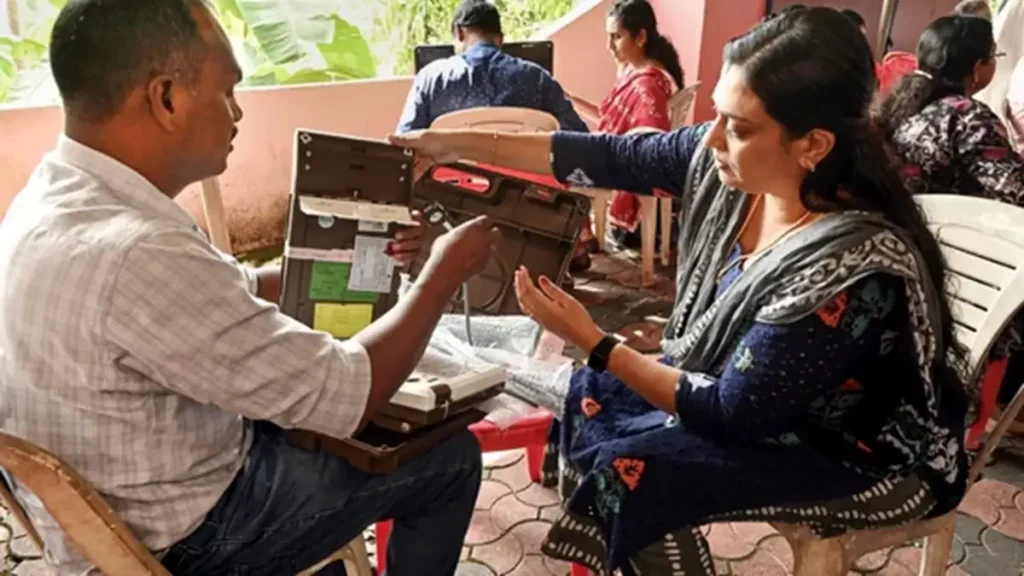Now Reading: ISRO Achieves Near 3-Meter Proximity in Historic Space Docking Trial
-
01
ISRO Achieves Near 3-Meter Proximity in Historic Space Docking Trial
ISRO Achieves Near 3-Meter Proximity in Historic Space Docking Trial

In a landmark achievement for India’s space program, the Indian Space Research Organisation (ISRO) has successfully conducted a crucial trial for its Space Docking Experiment (SpaDeX) mission. The mission aims to demonstrate the complex technology of docking two satellites in orbit, a capability that is essential for future space endeavors such as space stations, in-orbit servicing, and crewed missions.
The SpaDeX Mission: A Technological Demonstration
The SpaDeX mission involves two satellites, SDX01 (the “Chaser”) and SDX02 (the “Target”), which were launched together on a PSLV C60 rocket on December 30. The mission’s objective is to guide the Chaser satellite to autonomously dock with the Target satellite in a precise and controlled manner.
Docking in space is a highly intricate maneuver, requiring extreme precision and sophisticated technology. The satellites must align perfectly in terms of their position, orientation, and velocity, all while orbiting Earth at thousands of kilometers per hour.
A Nail-Biting Trial: Closing the Gap to 3 Meters
After several days of orbital adjustments and tests, ISRO conducted a critical trial to bring the two satellites into close proximity. In this trial, the Chaser satellite successfully approached the Target satellite to within just 3 meters. This remarkable feat demonstrated the accuracy of ISRO’s guidance and control systems and marked a significant milestone in the SpaDeX mission.
ISRO shared a video of the trial on social media, showcasing the two satellites as they hovered close to each other against the backdrop of Earth. The video provided a captivating glimpse into the complexities of space operations and the precision required for such maneuvers.
Next Steps: Analyzing Data and Preparing for Docking
Following the successful proximity trial, ISRO carefully moved the satellites back to a safe distance. The data collected during the trial will be thoroughly analyzed to assess the performance of the systems and identify any areas for improvement.
Once the analysis is complete, ISRO will proceed with the final docking attempt. This will involve guiding the Chaser satellite to physically connect with the Target satellite, achieving a “handshake” in space.
Implications for India’s Space Program
The SpaDeX mission is a crucial step for India’s space program, as it demonstrates critical technologies for future missions. Successful docking capabilities will enable:
- Space Stations: Docking is essential for assembling and maintaining large structures in orbit, such as the proposed Bharatiya Antariksh Station.
- In-Orbit Servicing: Satellites can be refueled, repaired, or upgraded in space through docking, extending their lifespan and reducing costs.
- Crewed Missions: Docking is necessary for spacecraft to rendezvous and transfer crew or cargo, as demonstrated by the International Space Station.
- Sample Return Missions: Docking can be used to transfer samples collected from other celestial bodies to a return capsule for delivery to Earth.
Joining an Elite Club
If ISRO succeeds in achieving a successful docking, India will join an elite club of nations that have mastered this complex technology. Currently, only the United States, Russia, and China possess this capability.
The SpaDeX mission highlights ISRO’s growing prowess in space technology and its ambition to undertake more complex and challenging missions. The success of this mission will pave the way for India to play a leading role in future space exploration and utilization.
A Nation Watches with Anticipation
As ISRO prepares for the final docking attempt, the nation watches with anticipation. The SpaDeX mission represents a significant leap forward for India’s space program and a testament to the ingenuity and dedication of its scientists and engineers.










